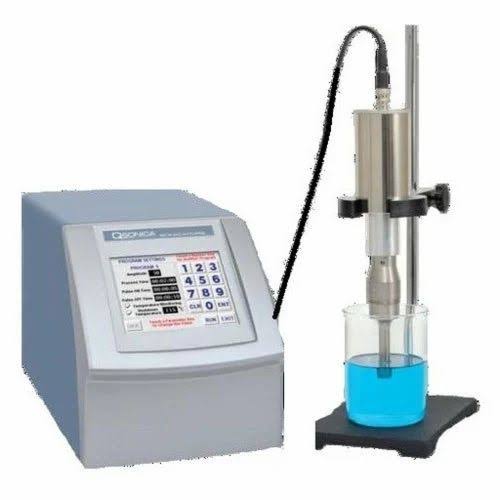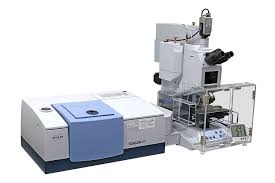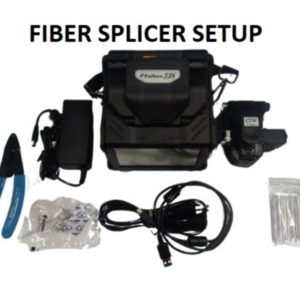Description
Probe Sonicator – High-Efficiency Ultrasonic Processing for Homogenization, Cell Disruption, and Nanomaterial Synthesis
A Probe Sonicator, also known as an ultrasonic homogenizer or ultrasonic processor, is a laboratory and industrial instrument designed to deliver high-intensity ultrasonic energy into liquid samples through a metallic probe (usually titanium). This device is widely used in scientific research, biotechnology, pharmaceuticals, nanotechnology, environmental testing, and materials science for a variety of applications including cell lysis, emulsification, dispersion, deagglomeration, extraction, and particle size reduction.
At the heart of the system is a piezoelectric transducer that converts electrical energy into mechanical vibrations. These vibrations are transmitted to the probe (or horn), which then emits ultrasonic waves—typically in the range of 20 kHz to 40 kHz—into the liquid medium. The intense sound waves generate microscopic cavitation bubbles that rapidly form and collapse, creating localized high temperatures and pressures. This phenomenon breaks apart cells, disperses particles, and homogenizes mixtures at the microscopic level.
Key Features of a Probe Sonicator:
High energy density: Capable of processing small or large volumes with superior penetration and uniform energy distribution.
Variable amplitude and time control: Allows for precise adjustment of sonication intensity and duration to suit sensitive or robust applications.
Pulse mode operation: Reduces heat buildup, making it suitable for temperature-sensitive samples like proteins or enzymes.
Interchangeable probes and tips: Accommodate different sample volumes, from microliters in microtubes to liters in industrial tanks.
Digital interfaces and data logging: Modern models offer touchscreen control, programmable cycles, and real-time monitoring for reproducible results.
Common Applications:
Cell Disruption & Lysis: Effective in breaking open bacterial, fungal, yeast, and mammalian cells to extract intracellular contents like DNA, RNA, and proteins.
Nanoparticle Dispersion: Ensures even distribution of nanoparticles in suspensions without clumping or sedimentation.
Emulsification: Creates fine and stable emulsions for cosmetics, pharmaceuticals, or food formulations.
Degassing: Removes dissolved gases from liquids in preparation for sensitive chemical or physical measurements.
Sonochemical Reactions: Accelerates chemical reactions via ultrasonic energy, often used in green chemistry and materials synthesis.
Benefits:
Rapid and efficient processing even for viscous or complex mixtures.
Scalable from bench-top research to pilot and industrial-scale systems.
Compact and versatile, suitable for a wide range of scientific and industrial environments.
Due to its intense localized action, a probe sonicator is ideal for applications that require deep penetration and high-efficiency mixing at the molecular level. Its precision and adaptability make it a go-to tool for laboratories and industries aiming for consistent and high-quality results in sample preparation and formulation.






Reviews
There are no reviews yet.